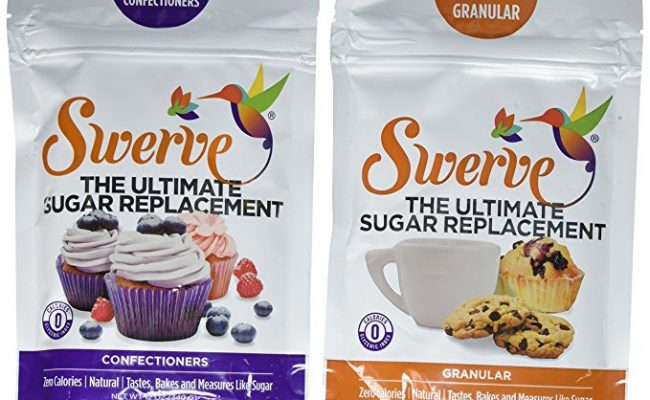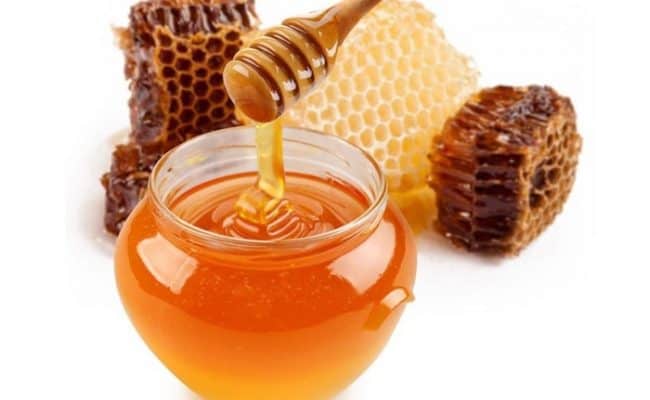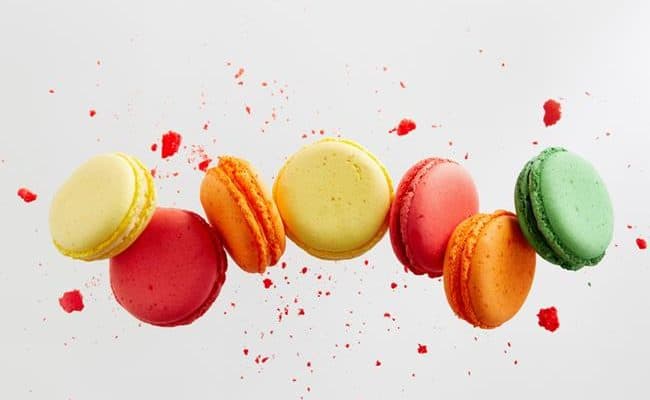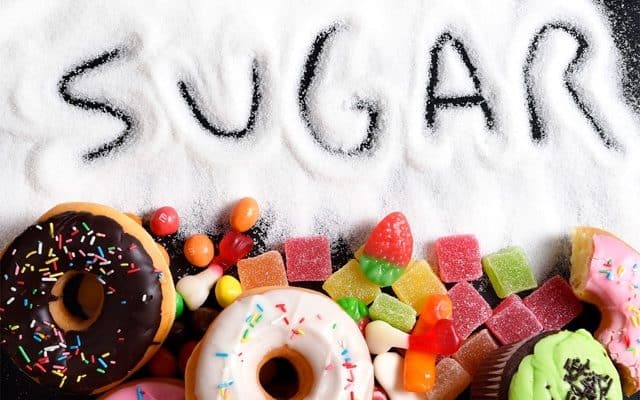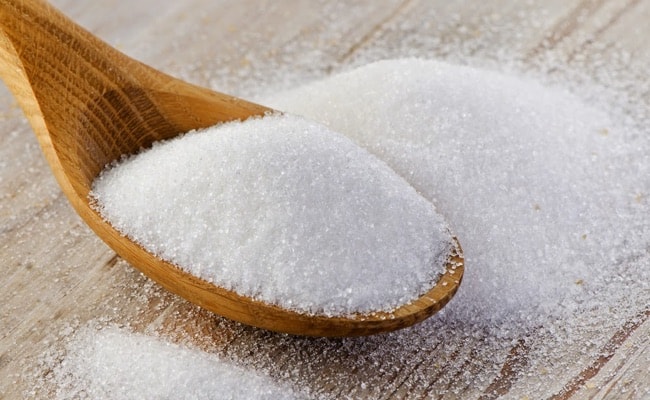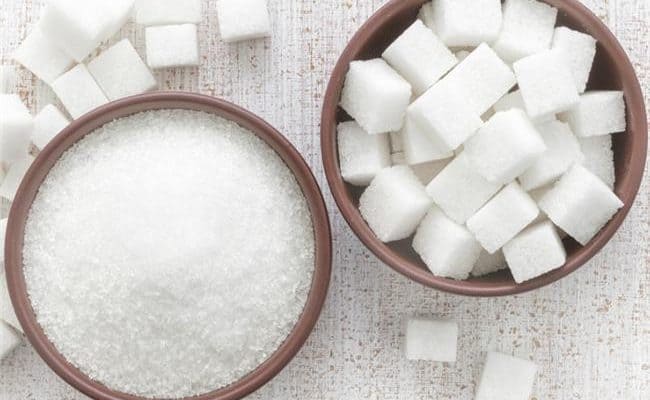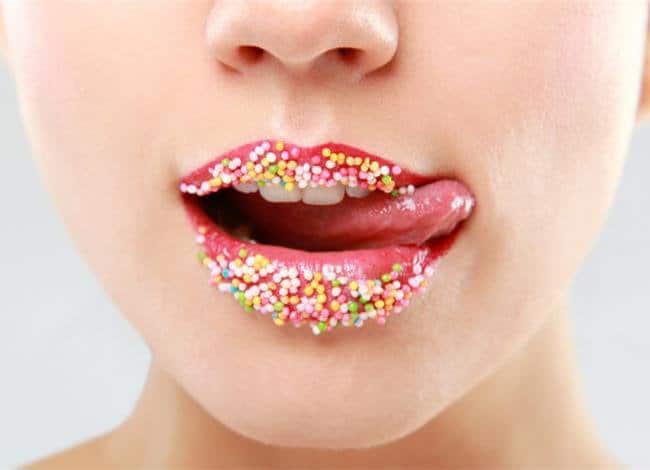
Mention the word “added sugar” to your nutritionist and she or he will look at you saucer-eyed. You just did it. You dropped THE brick without even knowing. You cited the worst enemy of global human health.
What is added sugar?
I know you just have two questions. What distinguishes “added sugar” from “just sugar” and why is it called the worst ingredient ever?
There you got your first answer. It is an ingredient. Meaning it is not naturally occurring but an addition to the mix.
It’s like eating an apple and gobbling down one or two extra sugar cubes. Or enjoying a glass of milk and adding just the lactose sugar from another glass of milk to it.
I know what you are saying now. I never eat my apple with extra sugar cubes. And I believe you. That was just me speaking metaphorically.
Where can you find added sugar?
Detrimental added sugars are found in processed foods. They are added to food and beverages somewhere in the process from turning a whole food into a boxed and packaged food.
Coming back to the example of our apple: The apple gets pressed in the apple juice factory. The apple juice with its natural occurring sugar is then collected. And because the apple juice company wants to make its juice extra tasty and sweet it adds some extra sugar to the apple juice. (Read also: Is the sugar in fruit unhealthy?)
Added sugars are basically served on top. And as we know, more is not always better. Especially when we talk sugar.
I know, I know. It is kind of unfair. After all we associate sweet things with the word sugar. Delights. Chocolate. Kisses. Hugs. Love. Candy. Happiness. Sweetheart. So how can something so rewarding be so bad?
Why is added sugar bad for you?
Evolution is to blame. We lag behind. Our bodies haven’t quite caught up to the changes we have made in our diet.
Back in the years when humans were hunter and gatherers foods with natural occurring sugars were actually pretty rare. In summer our ancestors would have found some sweet berries here and there. I’m not even sure if they were introduced to apples back then.
However, because these foods were so seldom but beneficial for the body, evolution thought caveman and cavewoman needed an incentive to look for more stuff with sugar. So whenever sweet food hit the taste buds of the Flintstones the reward center of the brain lit up and with it pleasurable feelings flooded their bodies.
And the same thing happens to us these days. Whenever sugar hits our taste buds, we feel happy.
Unfortunately the food industry knows that too. So the clever food engineers just put one and one together. When we associate happy feelings with a product we are very likely to buy it again, and again, and again. Voila. To make us a returning, loyal customer all you need is – just add sugar.
Added sugar is almost in everything
That is why added sugar is in almost everything nowadays. Our favorite yoghurt is not just plain but “vanilla flavored”. The most delicious fruit juice is a blend with a little extra sugar cane. We prefer our instant porridge oats with a hint of sweetened cinnamon apple or our pre-sliced bread with an induced honey taste.
All these processed food varieties have increased the added sugar consumption in America from 45 grams of sugar in 1822 (duration of five days) to sky rocking 756 grams of sugar per person in 2012.
(Read also: Percentage of Sugar in common foods)
And that I call a constant sugar firework in our brains. Oh mama!
Unfortunately there is no off switch. Even worse. The more sugar we eat, the more we seem to need to start an equal brain firework. And that is not a good thing, because our bodies can’t handle that much sugar. Sugar is actually very toxic and damaging to nerves.
First the body will try to burn the sugar for energy, which is COOL!
But if there is more sugar than we need for energy in our blood stream an array of bodily emergency procedures happen. One of them is the release of hormone insulin.
The super power of insulin is that it can take extra sugar floating in the blood out and turn it into fat. Therefore it knocks onto the door of fat cells, the fat cells entrance opens and the sugar vanishes out of the blood in the disguise of fat.
The result is:
- Weight gain
However, if insulin knocks too often onto the fat cell doors, fat cells get really annoyed and think “Not insulin again!” and put on the not-at-home-sign.
The results are:
- Higher levels of sugar in the blood
- Cells become resistant to insulin, which is a precursor for diabetes type 2
Remember, shuffling extra sugar from the blood into fat cells is an emergency act. So the more sugar we have in the diet, the more we exhaust this way of dealing with extra sugar.
From there it all goes downhill. Imagine you organizing a kid’s party for six adorable children. You have six tiny chairs, six colorful balloons, six princess plates and six goody bags to take home. And all of a sudden, every kid brings his or her friends and siblings. That’s when you get in panic mode and the same thing happens to your body with too much sugar.
You try to balance and adjust but you just know, that at least one of your tiny guests will break into tears soon, another one will break its limbs when flying off the swings and at least two will get into a major fight over who gets the ninja turtle from the cake. You are simply not equipped for this kind of scenario, neither is your body for this amount of sugar.
And while you are trying to hang on to dear life, your body is too. You both are trying to juggle all the chores but nothing quite gets 100% done.
In regards to your body this means the excess sugar slows down the immune system, overloads the liver, drives inflammation, challenges the pancreas and leads to hormonal imbalances just to name a few effects.
And that is why added sugars are bad for you.
